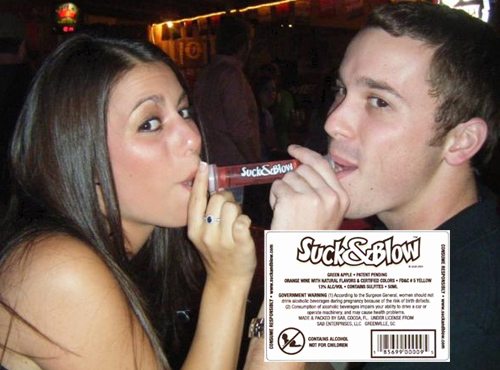It is likely that all beer, wine and spirits labels will change dramatically in the near future. TTB has been working on new rules since CSPI and other groups submitted a petition in 2003. The new rules would require a “Serving Facts” panel on every container. This panel would include a lot more information, such as the typical serving size, number of servings per container, calories, carbohydrates, protein and fat. Because this is a big, controversial change, TTB has received more than 18,000 public comments during the past few years. There are far too many comments for most people to review, and so we will highlight and summarize the most noteworthy comments here. The most recent proposal and comments are here. This is comment 7 in a series; to see others, click on the “serving facts” tag below. The Washington Legal Foundation (WLF) is a national, nonprofit public interest law and policy center in Washington. WLF’s comment explains:
- The Serving Facts rule would make alcohol beverage labels much more similar to food, supplement and OTC drug labels.
- WLF objects to what the rule would prohibit, rather than what it would require. The rule would prohibit advice on standard drinks and moderate drinking, from the US Dietary Guidelines for Americans, and drink equivalency graphics.
- TTB may not ban...





